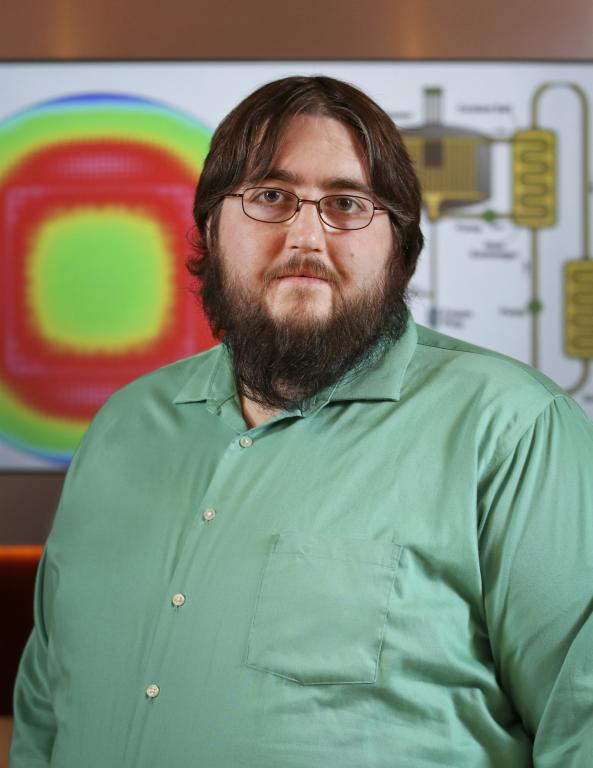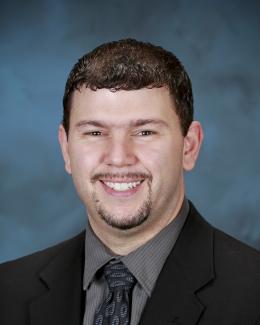
The history of the US Department of Energy’s (DOE’s) Oak Ridge National Laboratory (ORNL) is distinctly intertwined with work on molten salt reactors (MSRs), but promising research at ORNL is now directly focused on the future of MSRs—with a nod to the past.
A team of researchers at ORNL led by Ben Collins is developing a high-fidelity multiphysics nuclear reactor core simulator for MSRs. The project, funded by ORNL’s Laboratory Directed Research and Development program, will help private companies—many that have shown renewed interest in the technology in recent years—better understand and predict MSR cores and potential design challenges.
“We are engaging industry users at the beginning to know what they need. If we work in our vacuum, we’re never going to ensure that our work will be able to simulate their designs,” Collins said. “There is no current high-fidelity model that shows what these reactors look like, so users create small models or approximate models that don’t necessarily give you all the information you need or want. That’s the niche we are filling.”
Collins and co-investigators Robert Salko, Valmor de Almeida, Jeffrey Powers, Nicholas Brown, and Shane Stimpson are using the Consortium for Advanced Simulation of Light Water Reactors (CASL), a DOE Energy Innovation Hub located at ORNL, as a guide for providing similar support to the molten salt reactor community. For example, CASL recently simulated TVA’s Watts Bar Nuclear Unit 2 before it came online, giving scientists an accurate depiction of what could be expected from the new reactor’s core.
“In a lot of ways, we are leveraging the work CASL has already done,” said Collins, who has been a part of CASL for 6 years. “I’ve already been able to demonstrate some capability of different reactor designs to our industry partners, and the feedback has been positive.”
The team knows providing a finished product to industry, researchers, and nuclear regulators will not be a simple process. MSRs offer a unique set of research challenges—including modeling liquid fuel in some concepts and chemical removal during operation—that is not found in currently operating light water reactors.
Also, the researchers will need to validate the simulator’s results and prove its usefulness to developers. Thanks to ORNL’s nuclear history that is possible. The simulator will model the Molten Salt Reactor Experiment (MSRE), which took place at ORNL in the 1960s, and will benchmark its results to the data that was collected during the MSRE’s 4-year run.
“Having MSRE data is a great resource, but it comes with great challenges because we have the only data that’s out there, and we need to use it correctly,” Collins said.
Beyond the development of an MSR core simulator, Collins believes there’s potential to look at core simulators for other advanced reactor types—including small modular and gas-cooled.
ORNL is managed by UT-Battelle for the DOE’s Office of Science, the single largest supporter of basic research in the physical sciences in the United States. DOE’s Office of Science is working to address some of the most pressing challenges of our time. For more information, please visit science.energy.gov.





